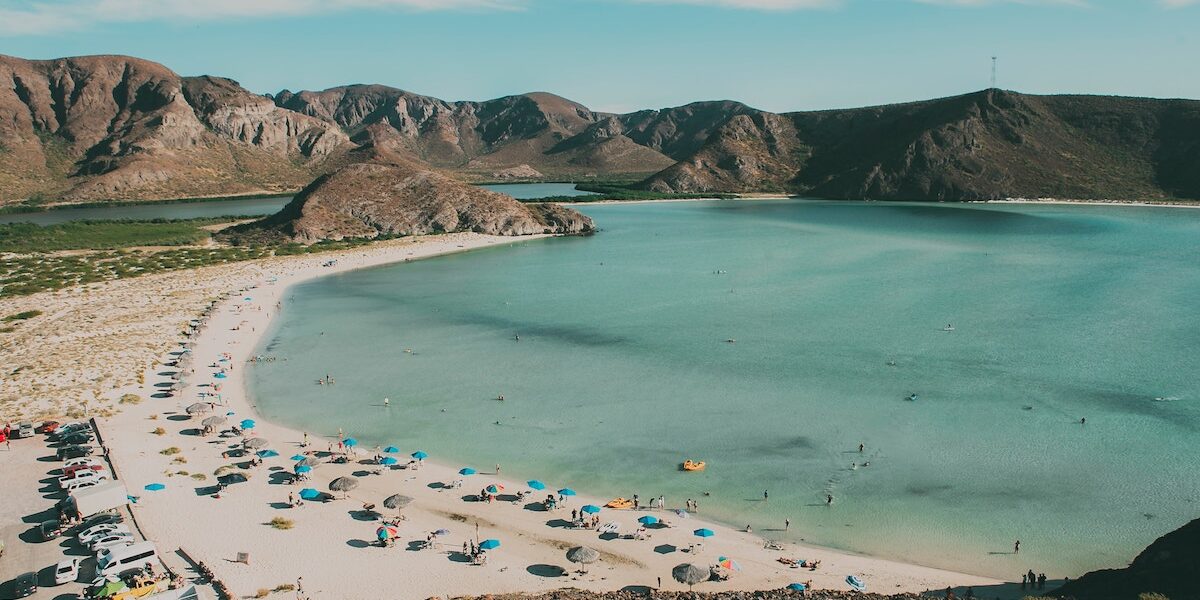Mark Spalding
Greetings from sunny Todos Santos, the second largest town in the municipality of La Paz, which was founded in 1724. Today it is a small community that plays host to thousands of visitors each year who admire its architecture, enjoy its fine food, and wander the galleries and other shops tucked into its low stucco buildings. Nearby, the long stretches of sandy beach offer opportunities to surf, sun, and swim.
I am here for the Consultative Group on Biological Diversity’s annual meeting. We have enjoyed lively speakers and interesting conversations about the global issues affecting the well-being of plants and animals, and the habitats on which they depend. Dr. Exequiel Ezcurra led off the meeting with a keynote speech at our opening dinner. He is a long-time advocate for the natural and cultural resources of Baja California.
INSERT MJS PICTURE HERE
The formal meeting began in the historic old theater at the center of town. We heard from several people about efforts to establish landscape scale protections for land and oceans. Kris Tompkins of Conservación Patagonica described her organization’s collaborative efforts to establish landscape scale national parks in Chile and Argentina, some of which stretch from the Andes all the way to the sea, providing safe homes for condors and penguins alike.
Late the last afternoon, we heard from several panelists about ways in which they are working to provide safe places for the activists who are working to protect communities, promote clean air and water, and preserve their countries’ natural resource heritage. Activists are under attack all over the world, even in countries that are generally considered safe such as Canada and the United States. These presenters offered a variety of ways we can make it safer to protect our planet and the communities that depend on healthy natural resources—which is to say, all of us.
Last night, we gathered at a beautiful beach on the Pacific Ocean, about 20 minutes from downtown. It was both amazing and difficult to be there. On the one hand the sandy beach and its protective dunes stretch for miles, and the crashing waves, sunset and twilight drew most of us to the water’s edge in awe. On the other hand, as I looked around, I could not help but put on my sustainability hat. The facility itself was brand new—the planting was likely just completed shortly before we arrived for our dinner. Designed solely to support beachgoers (and events such as ours), it sits squarely in the dunes that have been leveled for paths to the open beach. It is a large open-air facility that boasts a generous pool, a band stand, a generous dance floor, a palapa that was more than 40 feet across, more paved areas for additional seating, and full kitchen and bath & shower facilities. There is no question that it would have been far more difficult to connect 130 or more meeting attendees to the coast and the sea without such a facility.
BEACH PHOTO HERE
And yet, this isolated outpost of tourism development will not be isolated for long, I am sure. It is likely to be part of what one local leader described as a coming “avalanche of development” that is not always all for the good. The visitors who come to enjoy the town, are also here to surf, swim, and sun. Too many visitors and too much ill-planned construction to meet their expectations, and the natural systems that draw them become overwhelmed. It is a balance between allowing the community to benefit from its location and preventing the scale from becoming too big for the benefits to be sustainable over time.
POOL PHOTO HERE
I have been working in Baja for more than three decades. It is a beautiful, magical place where the desert meets the sea over and again in amazing ways, and is home to birds, bats, fish, whales, dolphins, and hundreds of other communities, including human. The Ocean Foundation is proud to host ten projects that work to protect and improve these communities. I am delighted that so many funders who care about these communities were able to experience one small corner of the peninsula firsthand. We can hope that they carry home memories of natural beauty and rich cultural history, and, also, renewed awareness, that humans and animals alike need safe, clean, healthy places to live.







